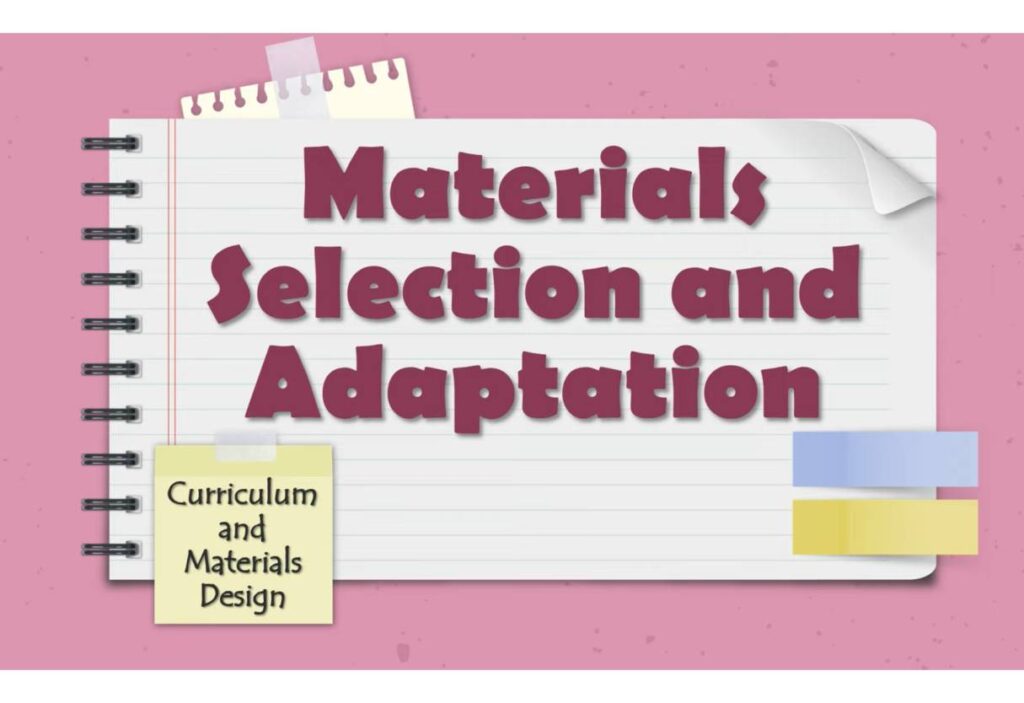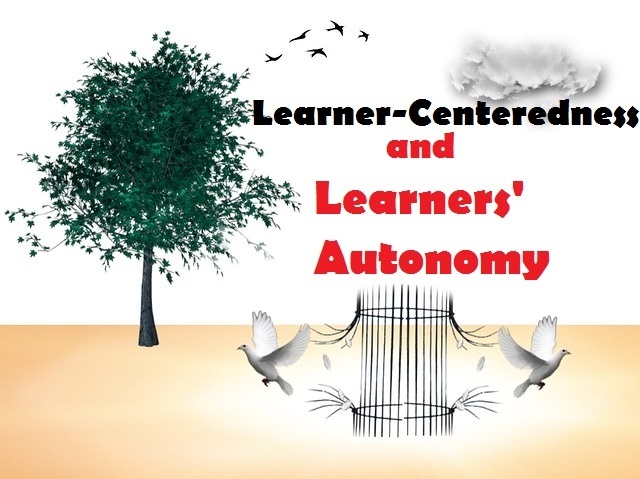Key Principles in Adapting and Selecting EFL Materials
Not a long ago, we participated in an activity designed to clarify our personal principles regarding EFL materials. We were rquested to finish the sentence, “Materials should…” with our own thoughts. Interestingly, many of our responses, both in our groups and as a class, were quite similar, though there were also notable differences. However, there was little contradiction among the ideas presented. This exercise highlighted for me that as teachers, we draw heavily on our personal experiences, backgrounds, teaching contexts, and cultures (whether classroom, institutional, or heritage) when determining the key principles in material creation. Consequently, it seems nearly impossible to establish universal principles that the entire EFL community could uniformly adhere to.
At the outset, the idea that “we cannot have a universal set of principles” seemed logical to me. However, after reflecting for a few days, I began to notice that the textbooks I’ve used or seen as a teacher all aim for global use, and their activities and content consistently follow similar formats and layouts. This observation led me to question why textbooks are so similar if the principles underlying materials creation cannot be fixed or universal.
Answering this question in a single blog post would be insufficient. However, as the course progresses and I delve deeper into the subject through further reading, I hope to better understand why textbooks share similarities while the principles do not.
During the seminar, we reviewed several longstanding principles in EFL. As a group, we narrowed them down to our top 15. In this post, I’ve further distilled those to my top 5, along with brief explanations of why I value each principle.
Materials should encourage learners to apply their developing skills to the world beyond the classroom (Nunan, 1988).
It was interesting that all three group members agreed this principle was essential, though it was the only one we all shared. As a teacher, I recognize that I can only impart a limited amount of learning and skill development during class time. I also believe that the most effective learners are those who are independent and possess some level of autonomy in their language learning journey. Thus, the classroom represents only the “tip of the iceberg” in their overall learning experience. My goal as their teacher is to guide them in developing skills that will be useful in the “real world,” encouraging them to use, practice, and experiment with these skills outside the classroom. I believe that a significant amount of deeper learning occurs when students apply these skills in real-world contexts.
1. Materials should provide personal rather than mechanical practice.
From my own language learning experience, I know that mechanical practice never worked well for me. While some students might prefer it because they find it familiar or safer, the ultimate goal of learning English is to communicate—something far removed from mechanical practice in the real world. Additionally, one of our strongest forms of memory is emotional memory, and as humans, we tend to make associations and connections on a personal level. Therefore, to facilitate learners’ development, we should emphasize experiential learning and the ability to personalize content, ensuring that it engages and resonates with our students.
2. Materials should address the need for student-centeredness.
To me, this principle seems self-evident. Early in my teaching career, I learned that student-centeredness increases student engagement, involvement, and learning. However, do the materials we use genuinely promote student-centeredness? In my opinion, many coursebooks and supplementary resources only superficially adhere to this idea. For instance, instructions like “check your answers in pairs” or “in small groups, ask and answer the questions from the previous exercise using your own words” seem student-centered on the surface. Yes, students are using each other’s knowledge to correct their own, and they are required to communicate with one another using the target language. If we define student-centeredness as learning focused on students through their interaction, then perhaps these materials do qualify. But I often find an issue beyond that. The term “centeredness” suggests that everything revolves around the students, including task design, context, and instruction. In the examples I mentioned, while students are required to collaborate, is the content and task engaging? Does it promote genuine participation, or is it merely instructing them to complete tasks to practice the language? This issue might arise from the need for personalized and engaging materials that foster real and meaningful participation.
3. Materials should be relevant to students’ needs and contexts (Hutchinson & Waters, 1987).
Again, this principle was something I learned early in my teaching career. It seems obvious that materials should be relevant to the classroom context. However, it is challenging to create such materials when they are often designed for global use. Despite this, materials generally attempt to address this challenge by offering supplementary materials and additional practice for students and teachers. A good example is the materials developed for IELTS students. Recently, I have seen more textbooks focusing on exam skills and strategies to help students achieve better results. Although these materials address students’ needs, I believe they often cater only to passing the exam and not necessarily for use outside the IELTS environment. But this issue lies with the IELTS exam process and testing rather than the materials themselves.
4. Materials should maximize learning potential by encouraging intellectual, aesthetic, and emotional involvement, stimulating both right- and left-brain activity (Tomlinson, 2011).
This principle, introduced to me by Tomlinson (2010), is perhaps the most significant for me. Language is a tool for communication, and the topics we communicate about are vast. By engaging both the right- and left-brain, we mirror what happens outside the classroom. In everyday life, we constantly face tasks and issues that need to be addressed for us to function. For example, we might meet a friend for coffee and reminisce about school, go to work and solve problems, take a bus and count the change in our pocket for the fare, visit a cultural site and ignite our imaginations, watch a film or read a book, follow the news and reflect on current issues, or cook dinner while making a mental shopping list. If life cannot be captured in a 12-unit book and supplementary materials, why do we expect students to learn a language solely through a textbook when communication is an ongoing part of our daily lives?
This final principle is likely the most crucial for me. Learning a language involves far more than acquiring vocabulary, syntax, and input-output skills; it is an integral part of a student’s life. While materials today seem to be striving to create more engaging exercises, incorporate interesting content, and offer greater accessibility through technology, I still wonder—are these efforts enough?
Conclusion
Rreferences:
- Hutchinson, T. & Waters, A. (1987) English for Specific Purposes: A Learning‐centred Approach. Cambridge: Cambridge University Press.
- Nunan, D. (1988) Principles for designing language teaching materials. Guidelines 10 pp.1-24.
- Tomlinson, B. (2011) Introduction: principles and procedures of materials development. In: Tomlinson, B. (ed). Materials Development in Language Teaching (2nded) Cambridge: Cambridge University Press. pp.1-31. (Principles drawn from Second language acquisition research.)







